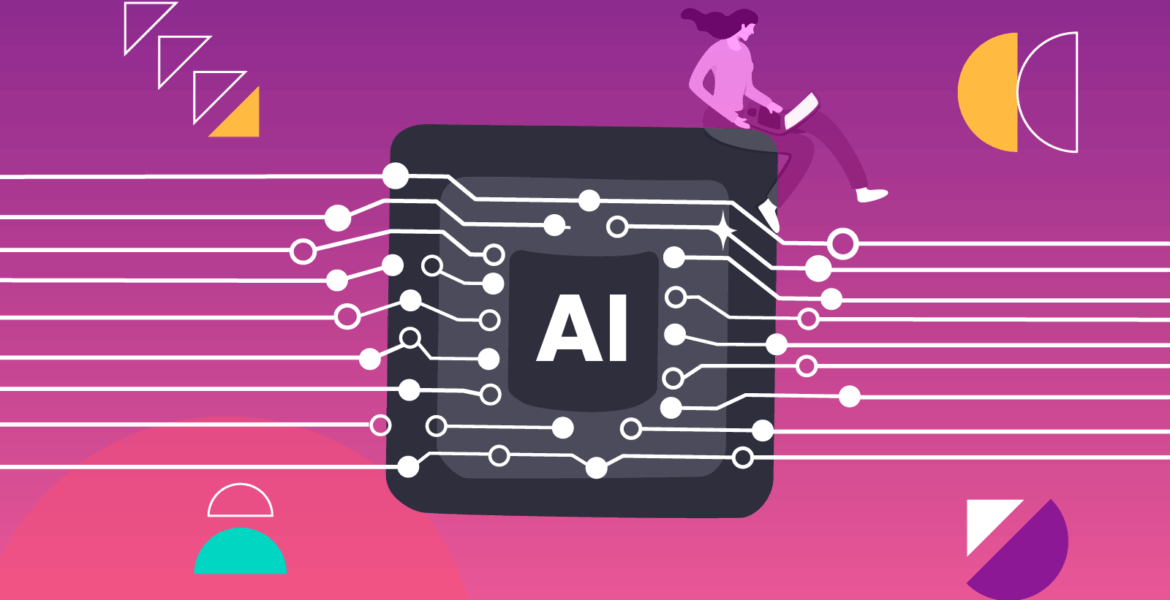By Kartal Göksel, CTO at Seedtag
Advertising has always chased the next big breakthrough—from the rise of programmatic auctions to the pivot to privacy-first targeting. Each wave brought its own promises and pitfalls, reshaping how advertisers connect with consumers. Now, we find ourselves in the midst of a new revolution: the AI arms race. “Contextual AI” has quickly become the latest buzzword, echoing through pitch decks and product launches across the industry.
But as with past innovations, the excitement can obscure the reality. Everyone claims to offer an AI-powered approach to contextual advertising—but what that means varies wildly depending on the underlying data, training methods, and media environments. While large language models (LLMs) have lowered the barrier to entry, enabling rapid deployment of AI with tools like ChatGPT, the real challenge is differentiation. How do we move beyond one-size-fits-all models and build contextual intelligence that works across advertising’s increasingly fragmented, cross-channel landscape?
The Evolution of Contextual AI: Beyond Generic LLMs
The emergence of LLMs has made AI-powered solutions more accessible. With third-party APIs, companies can quickly deploy AI for basic use cases, extracting meaning from text and classifying content with minimal effort. However, generic LLMs lack domain-specific knowledge and struggle with the complexities of advertising relevance. Running data through an off-the-shelf model is not enough.
The real value in AI-powered contextual advertising comes from fine-tuning models with industry-specific knowledge and data. This information must be captured, organized, and transformed into embeddings—high-dimensional representations of words, phrases, and concepts. By employing these embeddings, data scientists can enrich the model’s understanding, and in turn, the AI can delve deeper into contextual connections. Once trained on domain-specific advertising data, these enhanced models are equipped to map nuanced relationships between content and consumer intent, making the advertising more targeted and effective.
Consider the difference between a generic LLM output and a fine-tuned contextual AI system. A basic model might categorize an article about hybrid work as “business” or “career development.” A fine-tuned model, trained on adtech-specific embeddings, could determine whether that same article is more relevant for a B2B SaaS advertiser or a DTC furniture brand targeting home-office buyers.
The Need for a Multimodal, Cross-Channel Approach
A consumer doesn’t just engage with content in one place—they move between formats. An article read on a news site, a related video watched on CTV, and a podcast listened to on a commute all create a connected narrative. Modern advertisers need AI that can make those connections.
To harness the power of contextual AI, the industry must develop multimodal contextual graphs that integrate data across channels. These graphs create an ecosystem where an advertiser can reach the right audience wherever they engage.
For instance, a campaign for a new energy drink shouldn’t just target fitness articles on the web—it should also recognize relevant CTV content (sports documentaries, workout tutorials), podcast discussions about nutrition, and even in-game advertising for sports simulations. AI-powered embeddings make this possible by identifying common contextual threads between different media types, creating a cross-channel targeting strategy that is both scalable and precise.
Embedding Strategy: The Key to AI Differentiation
Building a truly effective contextual AI system is a systems problem at massive scale. Every day, hundreds of millions of pieces of written, video, and audio content generate hundreds of billions of ad opportunities. Parsing that volume of content, across formats and platforms, requires more than just an LLM plugged into an API. It demands specialized knowledge, serious infrastructure, and a data science organization equipped to fine-tune both base models and the embeddings that power them. High-quality contextual embeddings—the mathematical representations of concepts and their relationships—are the linchpin of differentiation.
Training AI at scale requires optimized pipelines, dedicated hardware, and deep expertise in areas like natural language processing, computer vision, and multimodal learning. It’s a cost-intensive, talent-driven endeavor—and one that separates true contextual AI systems from surface-level imitators. In a crowded field, embedding strategy isn’t just a technical detail—it’s the core of competitive advantage.
As more companies jump on the contextual AI bandwagon, advertisers must ask: What subset of the adtech universe is being embedded into these models? Are these models merely repurposing generic LLMs, or are they fine-tuned with industry-specific data?
AI efficacy depends on how well a system is trained to understand context at scale. The most powerful approaches leverage multi-agent AI systems—where multiple LLMs work in tandem, each trained on a specific advertising function. Instead of a one-size-fits-all model, this approach ensures that contextual signals are processed with the highest level of accuracy and relevance.
Contextual advertising is undergoing a transformation, but it cannot remain confined to a single channel. The industry’s future lies in AI models that operate across formats, building a comprehensive view of content relationships. Advertisers should demand more than just a generic “contextual AI” label—they should dig deeper into how AI systems are trained, how embeddings are built, and how multimodal strategies are executed.
As AI-powered contextual advertising continues to evolve, one key question remains: Are your partners embedding their full adtech universe, or just scratching the surface?








